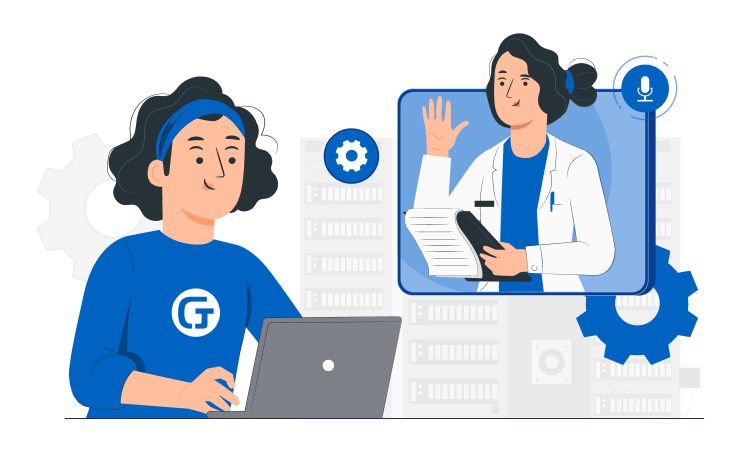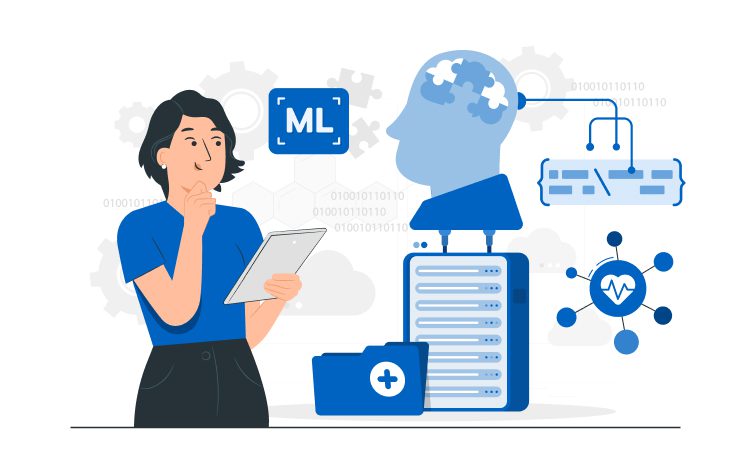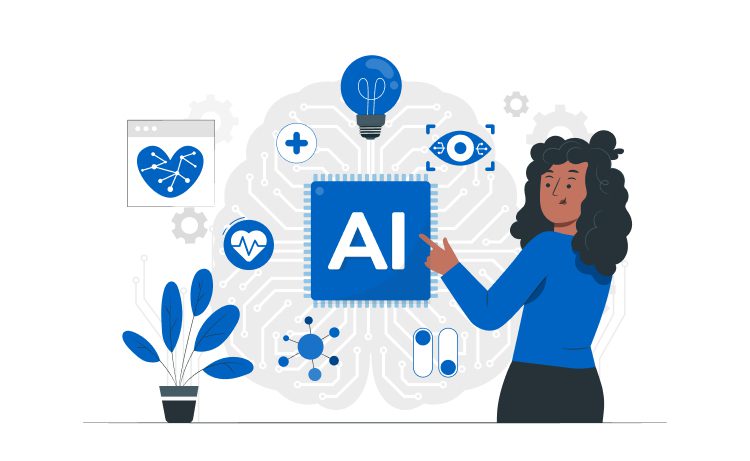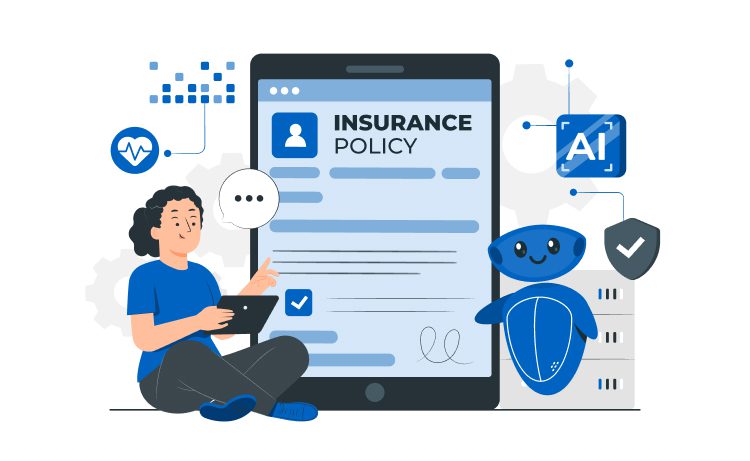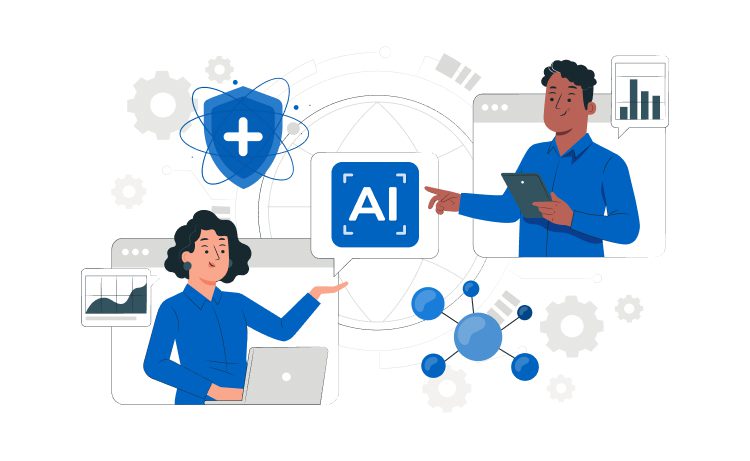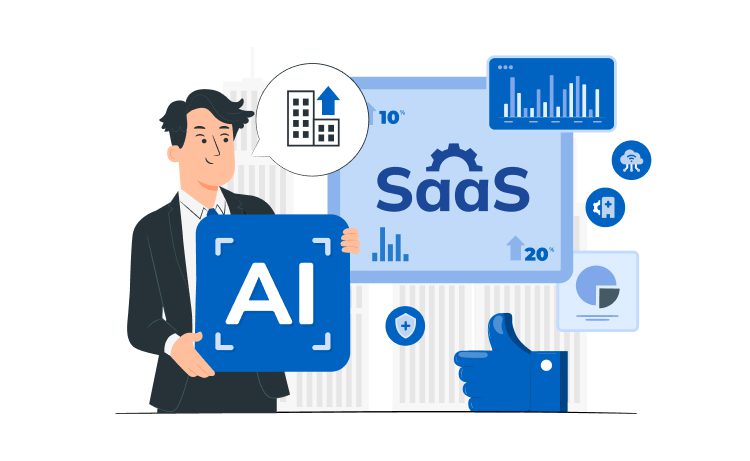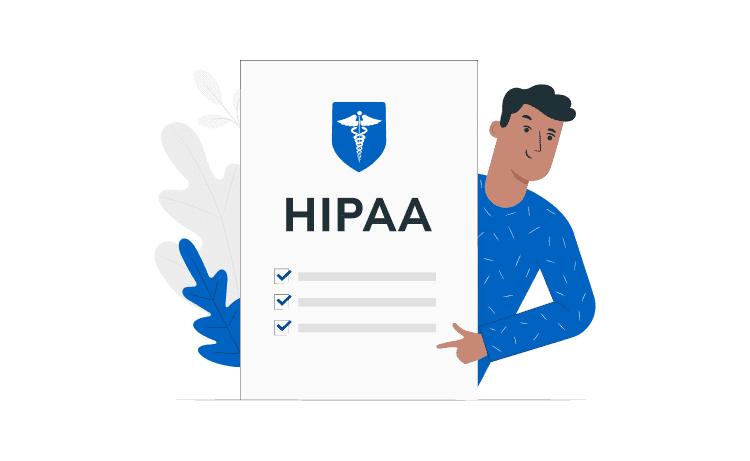
What is HIPAA: an Explanation of the Healthcare Personal Data Protection Act



Healthcare services would not exist without private info. Hospitals and clinics process not only the details of their staff but also the people they treat. Such info attracts unscrupulous bodies and intruders. They launch strikes to amass a fortune and blackmail individuals. Therefore, certain safety arrangements be in handy. Let’s learn how it emerged.
Content

We comprehend it as an Act dated back to 1996. It aims at safeguarding healthcare details. This ruling was implemented in full only in 2003.
HIPAA comprises 5 areas:
HIPAA Title II lies beneath security requirements. That point aims at eliminating the abuse of info for crook goals.
It involves several common statutes to divulge such particulars. They are enforced by the HHS and the OCR. Such institutions can control private info transfers.
This regulation describes certain human rights in the medical area. Its main provisions are:
These regulations require all digital info to be unreadable and inaccessible except for the people dealing therewith. This document involves just about everything: full name, social particulars, private details, etc.
It also covers business partners of medical aid facilities.

HIPAA compliance imposes several conditions. Yet, we have no right to classify records so as to keep aid seekers from getting the treatment. Moreover, it affords the way to medical insurance.

We have already figured out what does HIPAA stand for. Nevertheless, let’s figure out what kind of info is deemed confidential. Here are two types:
We can divide the ePHI into several clusters. But only part of them corresponds to the convalescent’s identity. These clusters may also comprise staff details since they can define a client’s identity indirectly:
Recently, several provisions have been appended to the initial to include more scenarios and adapt it to digital advancements. These modifications are not exhaustive. Yet, we speak about a widespread idea that the info should be confined from disclosure. If so, an individual or body in charge shall be deemed guilty.
It stipulates several rulings for sharing private info among insurers, healthcare facilities, pharmacies, employers, aid seekers, etc. What are the three rules of HIPAA? Let’s take a close look:
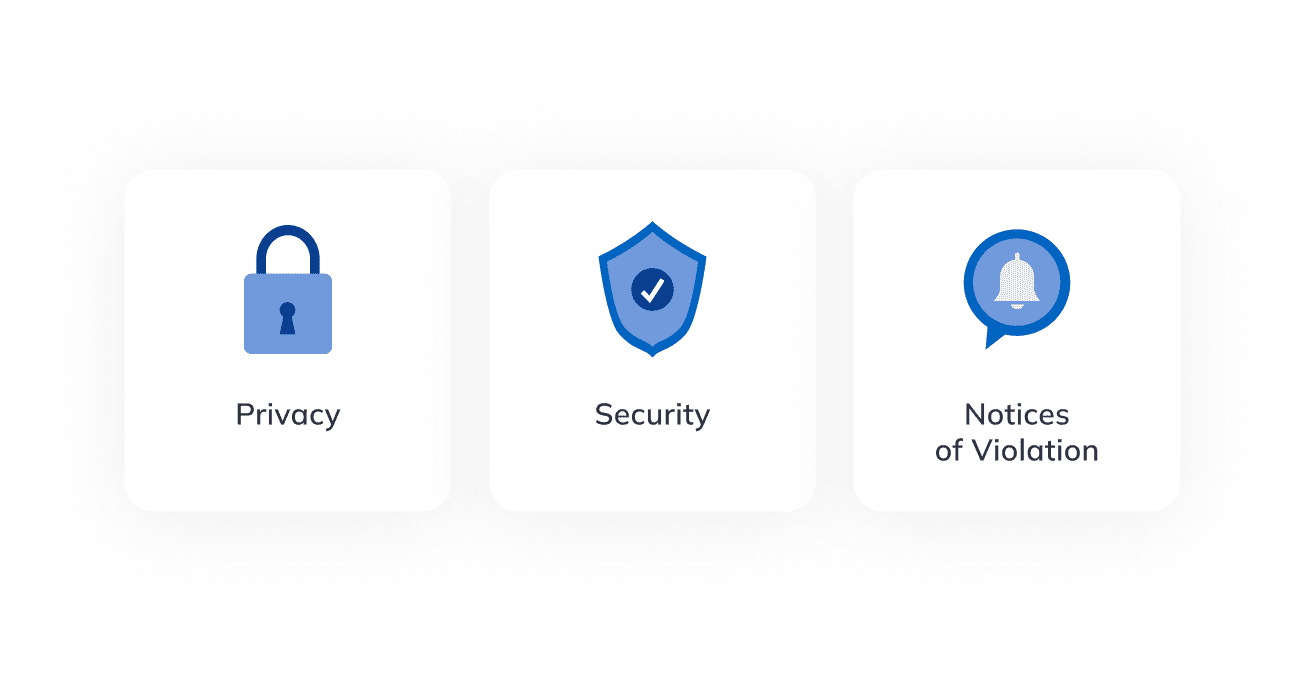
These regulations refer to insured bodies and respective associates. An actor is any facility that allots PHI or personal health records (PHR):
A business partner may comprise any person or entity involved in providing services to insured bodies. That’s why they need the PHI. Let’s list some of them:
An actor should conclude an agreement to offer services as a business partner. Such an agreement shall mention the allowed extent for PHI divulgence and handling. Occasionally, it gives the right to force facilities and associates to:
Mostly, an agency relationship with an insured body requires a similar partnership agreement, owing the data to be divulged.
Such data can be handed in certain events. If so, the person must grant a written permit to the data carrier as an actor. Each medical institution that divulges such data through digital media has to obey the Valid Confidentiality Rule. Accordingly, such data can be reported if 2 particular circumstances are met:
We can list several exceptions to such disclosure:
This is not an exhaustive list of exceptions. The Privacy Rule involves plenty of other stuff that allows private files to be applied with kind intentions.
The benefits of HIPAA are indeed vital. This legal regulation has facilitated the switch from paper to digital carriers. Administrative functions have been simplified, productivity has increased, and management has been modernized and improved. Above all, now we can secure a safe exchange of personal papers. All enterprises with HIPAA added into their system are required to apply a set of codes and IDs. They are nationally acknowledged.

Info and transaction recording principles simplify sharing between carriers and other bodies. HIPAA adoption can yield more than simply advantages. It may be a solid shelter against major losses for businessmen.

The Health Insurance, Portability and Accountability Act bases on the cybersecurity foundation of the NIST. They insist on the enforcement of physical, regulatory, and high-tech enactments. This may keep PHI private and consistent. It may protect from unauthorized use and damage. This regulation commits affected entities and partners to:
This practice requires everyone involved to investigate and handle any breach or other incident with potential unauthorized access, use, or divulgence. Barring some restricted situations, any unauthorized access to a data subject’s PHI makes up a leak. The key to securing devices from the very beginning is to consider specific cybersecurity menaces as part of the design and development affair. Manufacturers should incorporate these practices into their medical device design processes to safely maintain and decommission medical devices.
Building HIPAA-compliant software is an extremely tough task. That’s why it’s worth relying on companies that already offer out-of-the-box solutions. Our experienced crew shows the best way to get your solution compliant for you to avoid fines and sanctions. HIPAA compliance software development offers advanced aspects to collect and manage sensitive info.
This directive requires deploying certain initiatives on every level to ensure the safe ingress, servicing, and retrieval of the PHI. While considering respective menaces and pitfalls, medical facilities should address three major questions:
Addressing these questions helps define the steps needed to support or evolve a compliant and safe managerial workflow. Here it is:
Enterprises can lower the exposure to supervisory intervention via special education classes. OCR suggests the respective guidance. Several counseling and instructional groups also feature such classes.

Healthcare software development is a vital issue for organizations handling sensitive info. We have no formal compliance assessment efforts in place. Instead, we may find compatible supplements to balance patient safety with advances in MedTech. This could be a cross-platform mobile or web-based application to integrate patient/physician interaction. To do this, you need to find a balance between speed and compatibility. This involves native features, HealthKit/GoogleHealth integrations, live chat, etc. The app must drive and analyze large-scale info, which is useful for clinics. This will allow it to integrate with the EHR.
The HHS Office has created the ultimate guide consisting of 7 particulars. These are basic, bare minimum expectations that the software must meet:
When the OCR is conducting an inquiry regarding certain breaches, investigators shall match your compliance policy to these 7 items to evaluate its impact.
The lengthy directory of requirements that are modified and amended routinely, coupled with major fines, merely underscores the importance of HIPAA-compliant app development to protect healthcare data. If you’re committed to making your solution as such, get in touch with us. Our experts can assist you in your task. From a thorough review of your idea and comprehensive consultation to a full-scale, impactful compliance procedure. We’ll do the complete job.

